Material Guide : HT-PLA
When it comes to 3D printing materials, one of the most well-known options is PLA (Polylactic Acid). Standard PLA is widely appreciated for its ease of printing, low warping, and eco-friendliness, but it does come with certain limitations—especially in terms of heat resistance and mechanical strength. This is where HT-PLA (High Temperature PLA) enters the picture. Engineered to address the shortcomings of regular PLA, HT-PLA offers a balance between printability and performance, making it a popular choice for users seeking functional, durable parts.
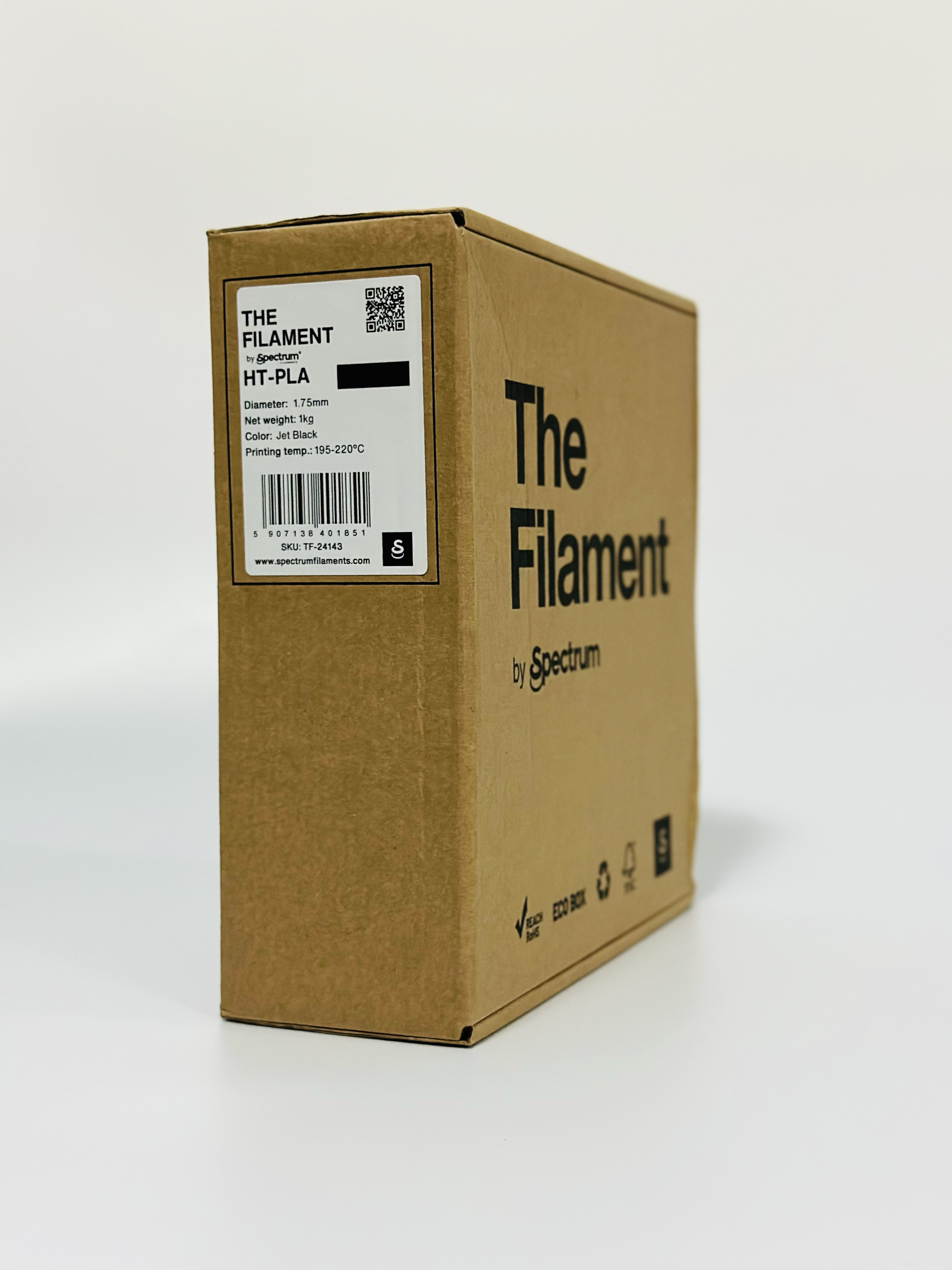
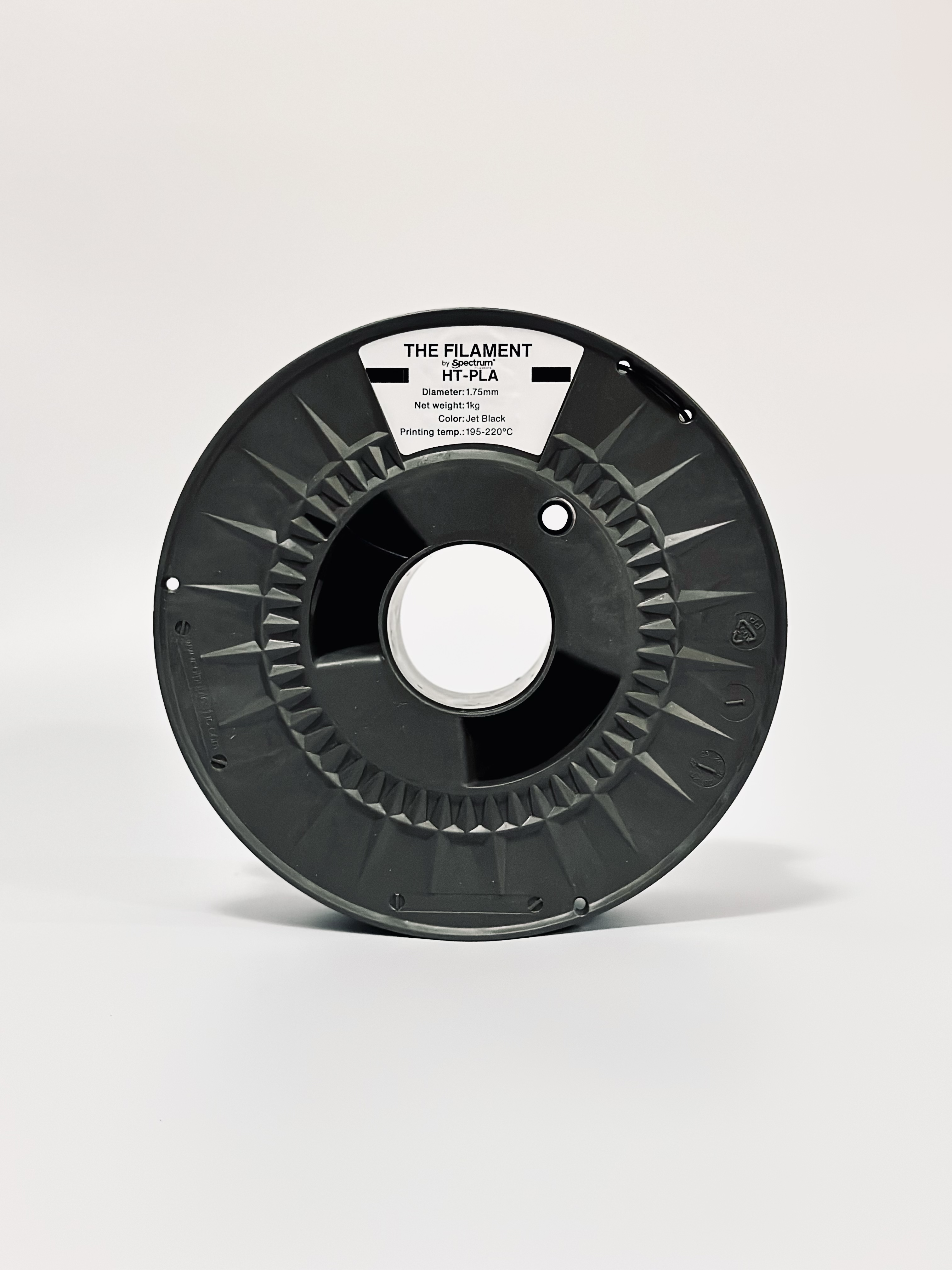
What is HT-PLA?
HT-PLA, sometimes referred to as High-Temp PLA or Heat-Resistant PLA, is a modified version of standard PLA filament. Through chemical alterations or the addition of specialized additives, HT-PLA is designed to withstand higher temperatures after printing and post-processing, often through an annealing process. While regular PLA begins to soften around 45–60°C, HT-PLA can achieve heat resistance up to ~150°C (depending on brand and treatment).
This enhanced thermal stability makes HT-PLA suitable for applications that demand durability in environments where regular PLA would fail.
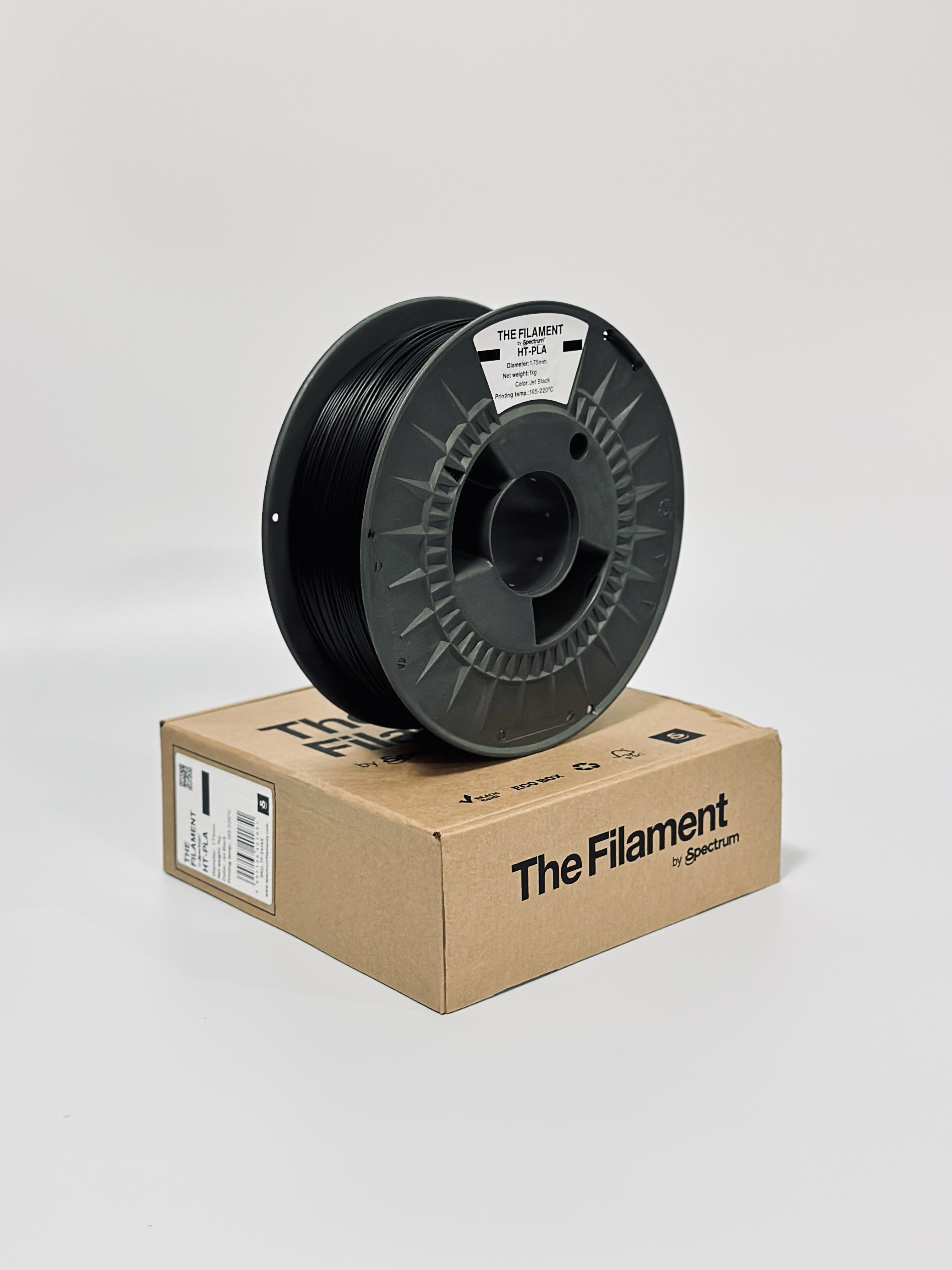
Key Properties of HT-PLA
- Heat Resistance – The main advantage of HT-PLA is its improved glass transition temperature. With proper annealing, it can handle hot environments that would deform standard PLA.
- Strength & Durability – HT-PLA typically has higher impact resistance and mechanical performance compared to regular PLA, making it useful for functional parts.
- Low Warping – Like standard PLA, PHT-PLA retains excellent dimensional accuracy and shows minimal warping with the help of bed adhesive settings and techniques, unlike ABS or PC.
- Post-Processing Capability – Annealing is often required to unlock the full heat-resistant properties of HT-PLA. This process slightly shrinks and strengthens the part.
- Eco-Friendliness – HT-PLA is still a bio-based plastic, often derived from renewable resources like corn starch or sugarcane, making it more sustainable than many petroleum-based filaments.
Recommended Printer Settings HT-PLA
| Setting | Recommended Range | Notes |
|---|---|---|
| Nozzle Temp. | 200–230°C | Lower end (200–210°C) for detail; higher end (220–230°C) for strength |
| Bed Temp. | 50–70°C | Improves adhesion, minimizes warping |
| Print Speed | 40–60 mm/s | Balanced speed for strength and quality |
| Cooling Fan | 30–70% | Moderate cooling to prevent layer separation while keeping surfaces neat |
| Build Surface | Glass, PEI, or adhesive sheet | Add glue stick if extra adhesion is needed |
For a detailed set of guide regarding the printing of HT-PLA, you can refer to the link below.
https://spectrumfilaments.com/en/ht-pla-how-to-print/
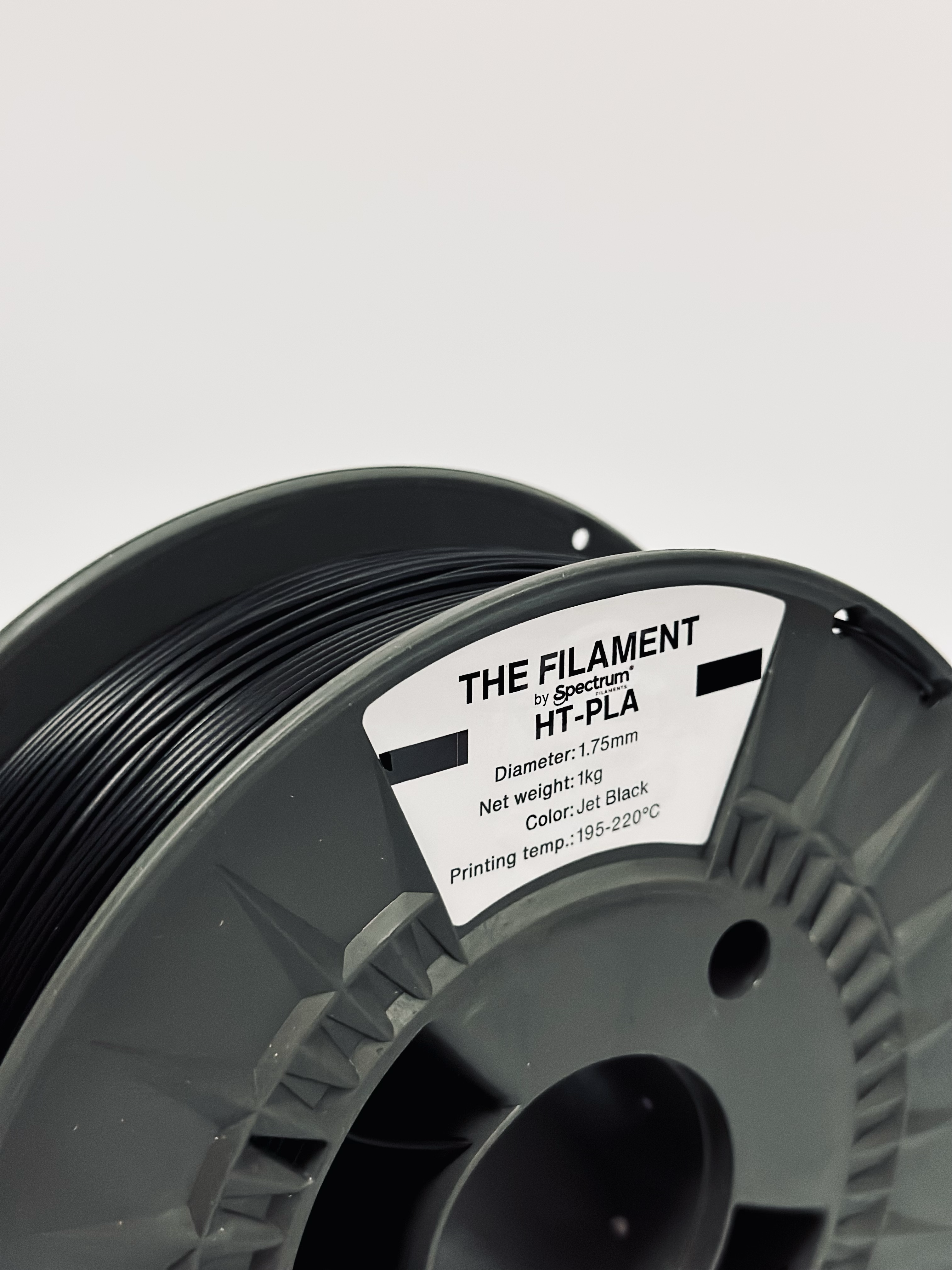
Practical Tips for Printing HT-PLA
- First Layer: Ensure proper bed leveling and good adhesion for a solid foundation.
- Retraction Settings: Fine-tune to reduce stringing;HT-PLA behaves similarly to standard PLA in this regard.
- Wall Thickness: Consider at least 2–3 perimeters for parts intended to withstand stress.
- Infill Density: 20–40% for general use, higher for functional parts.
- Dry Filament: Store HT-PLA in a dry environment; moisture can cause extrusion issues.
Best Applications for HT-PLA
HT-PLA’s combination of printability and performance makes it ideal for:
- Automotive components exposed to engine bay heat
- Functional household parts like kitchen tools or enclosures using temps of up to 150deg Celsius
- Prototypes needing strength and heat stability
- Jigs, fixtures, and workshop tools
- Outdoor applications where sunlight and heat may affect other filaments
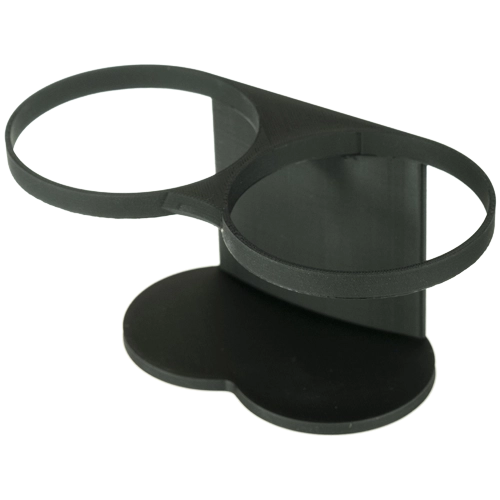
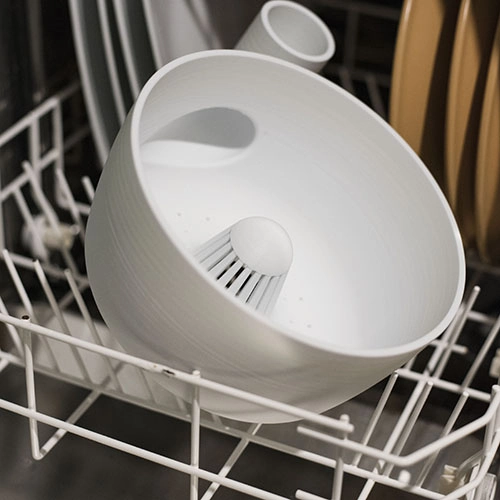
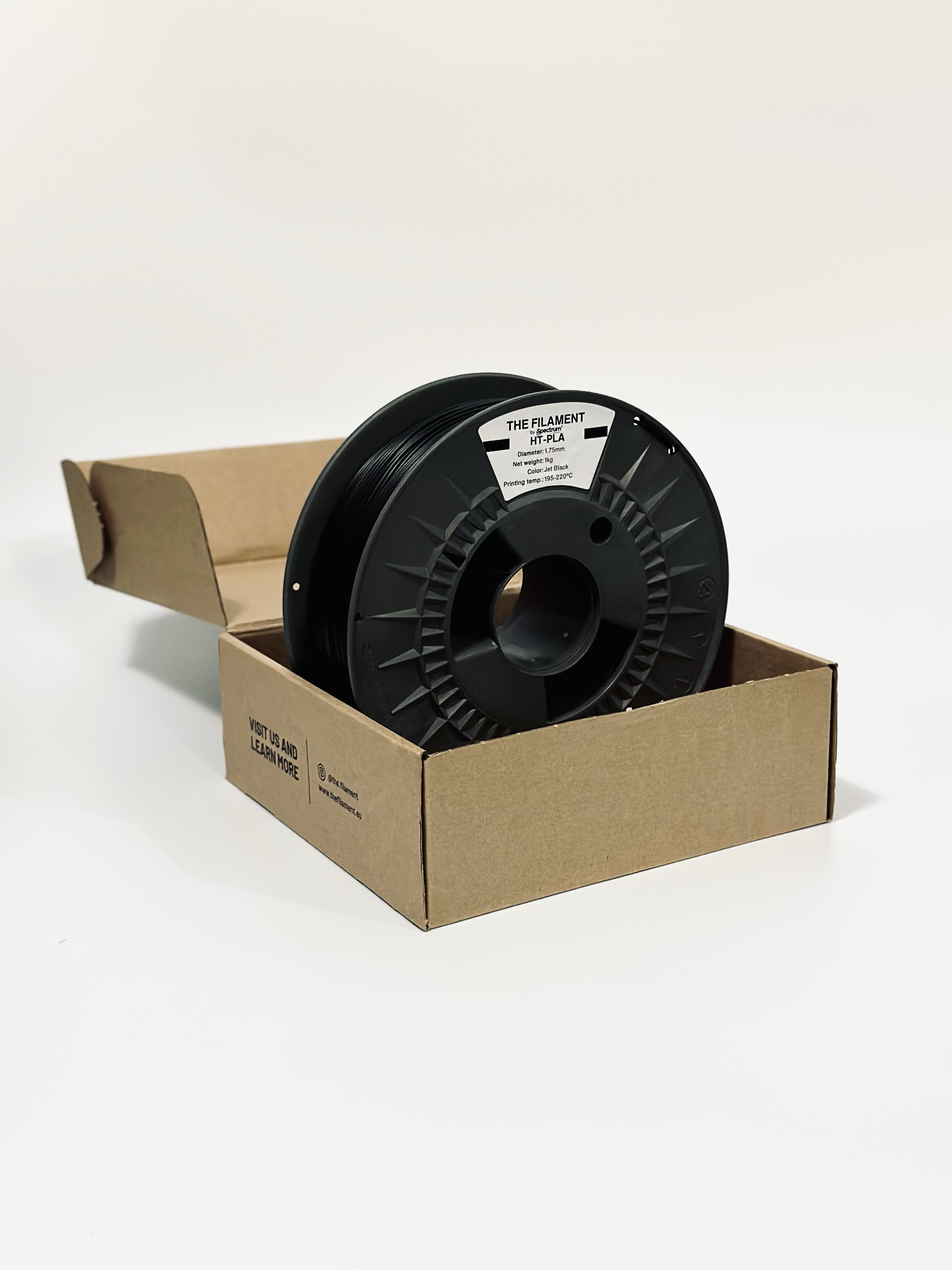
Pros and Cons
Pros:
- Higher heat resistance than standard PLA
- Stronger and more durable
- Biodegradable and sustainable
- Easy to print compared to ABS or PC
Cons:
- Might require bed adhesion support like glue stick, etc.
- Warping of edges depending on the geometry of objects being printed.
- Higher cost than standard PLA
- Not as heat-resistant as advanced filaments like Nylon or PC
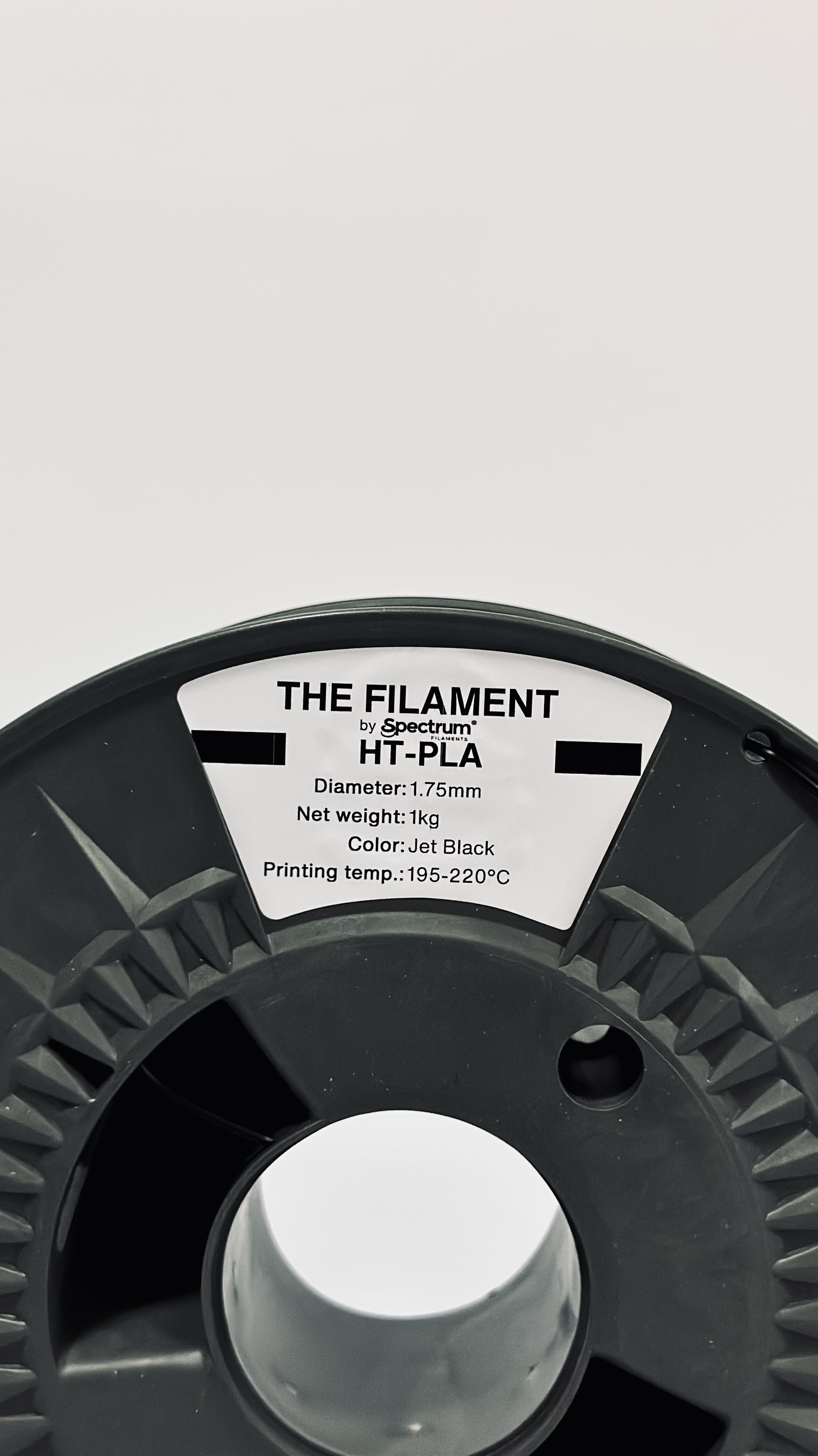
We have also prepared videos regarding HT-PLA in our Youtube channel. You can access them below.
Conclusion
HT-PLA is an excellent material for those who want to push beyond the limitations of standard PLA without stepping into more difficult-to-print materials like ABS or Nylon. With the right settings HT-PLA delivers strong, heat-resistant, and reliable parts suitable for both functional and aesthetic applications.
Mastering this material requires attention to detail in printing and post-processing, but the results make it a valuable filament in any 3D printing toolkit.
To know more about our HT-PLA, feel free to reach out to our customer sales/support through, or message us through our socials. Visit the link below to start your journey with the HT-PLA.
Happy Printing!